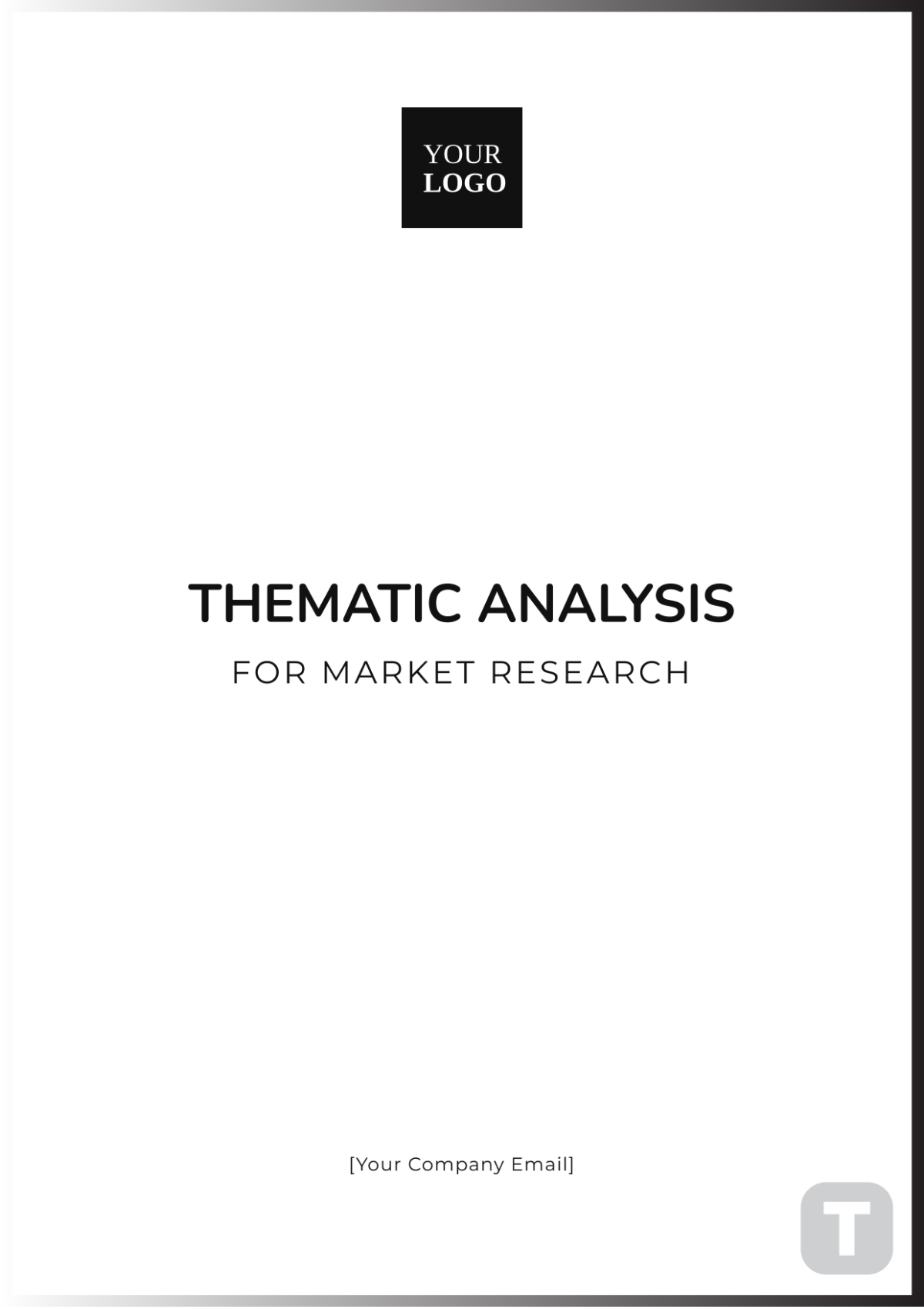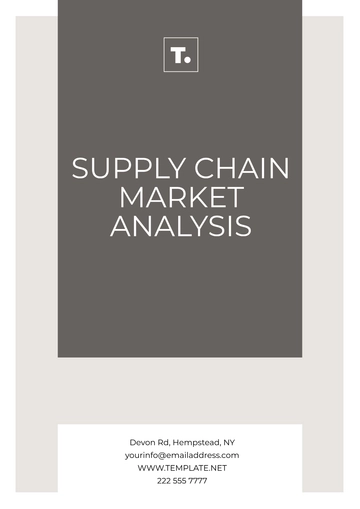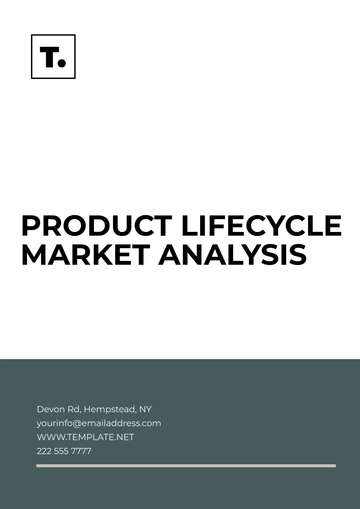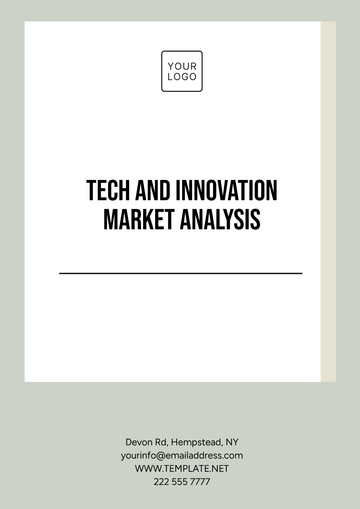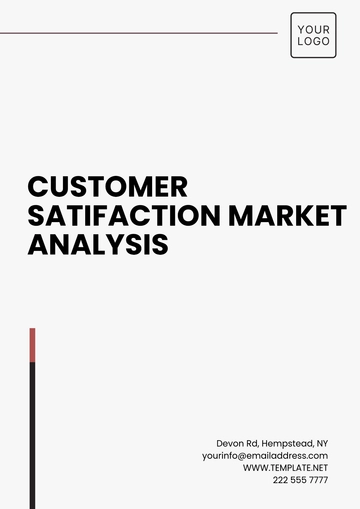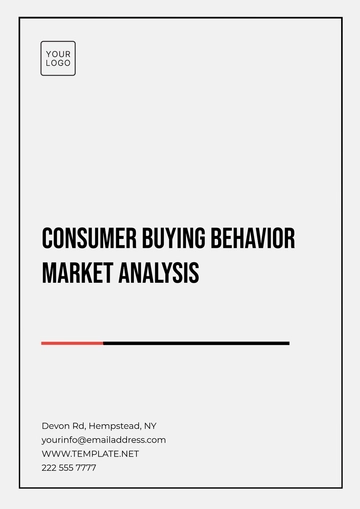Thematic Analysis for Market Research
Introduction
1.1. Purpose of the Analysis
1.2. Scope of the Analysis
Data Familiarization
2.1. Data Collection
Methods Used:
Online surveys were distributed via email to customers who purchased the EcoSmart water bottle.
Social media monitoring using tools like Hootsuite and Brandwatch.
Sources and Sample Size:
400 reviews from survey responses.
200 comments from Facebook and Twitter.
2.2. Initial Reading and Noting
Process:
Read through each review and comment multiple times.
Noted down preliminary observations such as frequent mentions of “leak-proof,” “design flaws,” and “customer service.”
Generating Initial Codes
3.1. Identifying Key Segments
Key Segments:
Design: “The sleek design is very modern,” “The lid doesn’t fit properly.”
Functionality: “The water bottle is leak-proof,” “The insulation doesn’t keep drinks cold enough.”
Customer Service: “Support was responsive,” “Had issues with the return process.”
Price: “Worth the price,” “A bit expensive for what it offers.”
3.2. Creating Codes
Initial Codes:
Design Issues: Comments about the physical appearance and usability of the bottle.
Functionality: Comments about how well the bottle performs its intended functions.
Customer Service: Feedback on interactions with customer support.
Pricing: Opinions on the cost and perceived value of the product.
3.3. Organizing Data
Searching for Themes
4.1. Combining Codes
Themes:
Product Design: Includes feedback on both aesthetics and practical design issues.
Product Performance: Encompasses comments on functionality, such as leak-proof qualities and insulation efficiency.
Customer Experience: Combines feedback on customer service interactions and return processes.
Value for Money: Includes opinions on pricing and whether the product meets the expectations set by its cost.
4.2. Reviewing Data for Themes
Reviewing Themes
5.1. Evaluating Themes
Coherence: Ensured that themes like Product Design and Product Performance logically grouped related feedback without overlap.
Distinctiveness: Confirmed that each theme was distinct (e.g., Value for Money was separate from Product Performance).
5.2. Refining Themes
Adjustments:
Combined specific issues from Product Design into broader themes like “Product Design” and “Functionality” for clarity.
Created sub-themes under Product Design, such as “Aesthetic Appeal” and “Design Flaws.”
Defining and Naming Themes
6.1. Defining Themes
Product Design: Customer feedback on the visual appeal and physical usability of the EcoSmart water bottle.
Product Performance: Insights into the effectiveness of the bottle’s features, including leak-proof capabilities and thermal insulation.
Customer Experience: Evaluations of customer service quality and the ease of handling returns and complaints.
Value for Money: Customer opinions on whether the product’s price is justified by its quality and features.
6.2. Naming Themes
Product Design: Captures all feedback related to design aesthetics and functionality.
Product Performance: Focuses on how well the product performs its intended functions.
Customer Experience: Reflects customer satisfaction with service interactions and return processes.
Value for Money: Addresses customer perceptions of pricing relative to product quality.
Producing the Report
7.1. Selecting Extracts
Product Design: “The sleek design is very modern and fits well in my cup holder.” vs. “The lid doesn’t fit properly and leaks.”
Product Performance: “The water bottle is leak-proof, which is great,” vs. “The insulation doesn’t keep my drink cold for long.”
Customer Experience: “Customer support was very responsive when I had issues,” vs. “I had a frustrating experience with the return process.”
Value for Money: “The price is justified given the product’s features,” vs. “The bottle is a bit expensive for what it offers.”
7.2. Analyzing Extracts
Analysis:
Product Design: Positive feedback on modern design contrasts with concerns about lid fit, suggesting a need for design improvements.
Product Performance: The effective leak-proof feature is a strong positive, but insulation issues highlight a performance gap.
Customer Experience: Generally positive customer service experiences, but the return process needs improvement.
Value for Money: Mixed reviews on pricing indicate a need to evaluate if the product meets customer expectations for its cost.
7.3. Relating to Literature
7.4. Recommendations
Actions:
Enhance Design: Improve the lid’s fit to address leakage issues and consider additional design tweaks based on customer feedback.
Improve Performance: Focus on enhancing insulation to better meet customer expectations.
Revamp Customer Service: Streamline the return process and enhance support responsiveness.
Reevaluate Pricing: Consider adjusting the price or adding value features to align with customer perceptions of worth.
Conclusion
8.1. Summary of Findings
Themes Identified: Product Design, Product Performance, Customer Experience, and Value for Money.
Insights: Customers appreciate the product’s modern design and leak-proof feature but have concerns about insulation performance and pricing. There are also mixed reviews on customer service.
8.2. Limitations
Appendices
9.1. Data Collection Tools
9.2. Coding Framework
9.3. Additional Data
Analysis Templates @ Template.net
